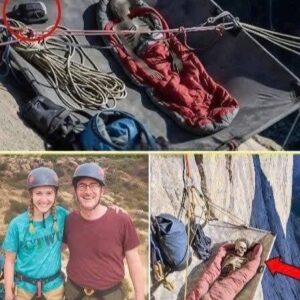It began as an ordinary night in a quiet suburban neighborhood where families slept peacefully. But everything changed when a 911 dispatcher received a trembling call from a five-year-old child. Her quiet plea—“Please… come quick. There’s someone in my room”—cut through the stillness and set off alarm bells. This wasn’t dismissed as a typical nightmare; the urgency in her voice hinted at something more real.A patrol car quickly responded.
Though the street appeared calm, the officer didn’t ignore the child’s fear. Inside the house, her mother, exhausted and doubtful, attributed it to a bad dream. Yet the child sat upright, clutching a stuffed animal and staring at an air vent. Her fear wasn’t theatrical—it was focused and real. The officer, guided by instinct and caution, investigated the vent more closely.
Behind it was a hidden shaft, a remnant of an old dumbwaiter system. What they found was disturbing—evidence that someone had been secretly living inside: food wrappers, makeshift bedding, and footprints in the dust. The discovery shattered the sense of security in the neighborhood. If one house had this hidden space, could others?
Word spread fast. Families, once confident in their homes’ safety, suddenly felt vulnerable. They inspected vents, locked doors, and grew suspicious of every unexplained sound. The unknown intruder had vanished without a trace, leaving behind only eerie clues and the fear that someone had been silently observing their lives.
Despite efforts, no suspect was identified. The vents were sealed and homes fortified, but the emotional impact lingered. The fear of the unknown crept into everyday moments—every creak or cold draft became a trigger for anxiety.
Ultimately, it was the young girl’s quiet bravery that brought the hidden threat to light. Her calm words revealed what others hadn’t noticed. That night, her voice became the reason a silent danger was exposed—and possibly stopped.





